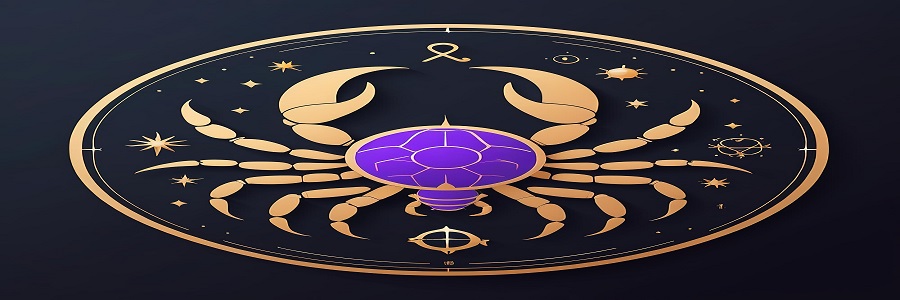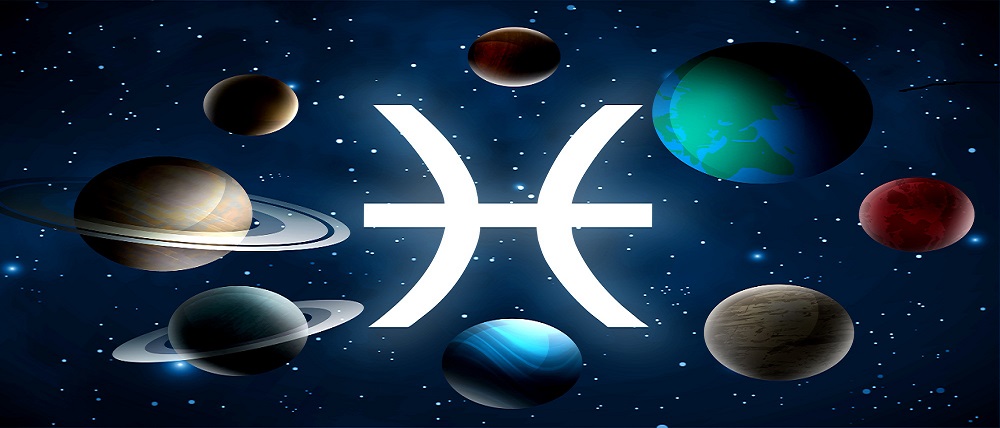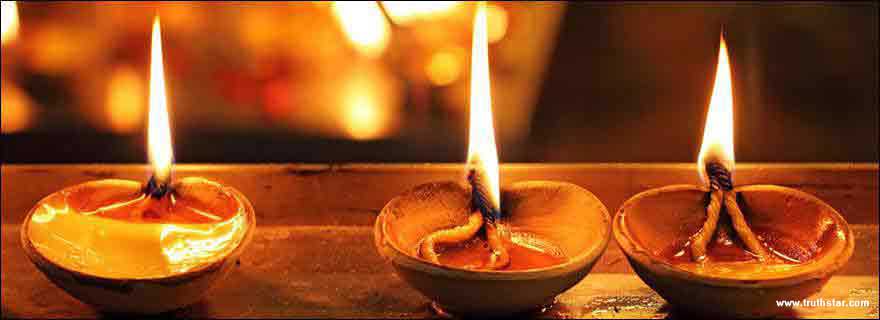In the year 2024, it is a leap year. Let’s explore its religious and astrological significance.
The year 2024 holds great significance in astronomy and astrology because it is a leap year. This means that in this year, there are 366 days instead of the usual 365. Let’s explore the religious and astrological importance of a leap year.

Leap Year 2024
How to identify Leap Year:
A leap year is identified based on the calculation of the calendar. A year with an extra day is called a leap year. According to the calculation, if dividing the year by 4 results in a remainder of 0, meaning the year is fully divisible by 4, then it is called a leap year. This occurs once every four years, resulting in a year with 366 days.
In the case of the year 2024, dividing it by 4 results in a remainder of 0, making it a leap year. However, some argue that for a year to be a leap year, it must also be divisible by 400.
According to astronomy, the Earth completes its orbit around the Sun in 365 days and 6 hours. Every fourth year, these additional 6 hours accumulate, resulting in an extra day every four years, primarily in February.
Different beliefs in Hinduism:
In Hinduism, the Vedic astrology and Panchang are determined based on the Vikram Samvat, which depends on the movement of the moon. It consists of fewer days compared to the Gregorian calendar. The Hindu calendar comprises a year of 354 days. Additionally, in India, the Saura calendar was prevalent, based on the solar orbit of 365 days. To reconcile the difference between the two, an extra month is added every third year, ensuring balance. This month is considered auspicious for spiritual practices like chanting and meditation and is also known as Purushottam Maas.
Why did the concept of leap year come?
Leap years were conceptualized due to the diverse methods of timekeeping employed by different cultures around the world in ancient times. Some calendars were based on the solar system while others were based on the lunar cycle, resulting in variations in the number of days in a year. To reconcile these differences and accurately track the complex movements of the sun and moon, calendars were devised. It was within this framework that the concept of leap years emerged, ensuring that astronomical events occurred at the correct times.
What does astrology say?
According to numerology, many people consider the 29th of February as an auspicious day, contrary to popular belief. Numerologists believe that children born on this day are courageous and hardworking. They are said to possess exceptional talents, exhibit remarkable bravery, and earn significant recognition in the world, often accumulating substantial wealth.
In numerology, individuals born on the 29th have a root number of 2. This number is associated with consciousness and spiritual knowledge. The combination of the number 29 and the month of February (2) creates a unique synergy, representing rare energy. Numerologists believe that this number carries a feminine energy that aids in materializing thoughts into reality. When the energies of 11 (29) and 2 (February) align, they create a powerful period conducive to love, healing, and learning.
It is believed that these numbers symbolize the arrival of spiritual messengers and can provide guidance to those who are open and aware, assisting them in their progress. A leap day offers additional time to achieve goals and aspirations.
Birthdays and Anniversaries are celebrated once in 4 years.
People celebrate their birthdays and anniversaries once every four years. Since this day comes only once in four years, people born or married on February 29th celebrate their anniversaries every four years. However, many people choose to celebrate on February 28th instead.
Why leap year in February?
The reason for having a leap year in February is also rooted in history. In Italy, the Julian Calendar was prevalent, which is a solar calendar of Roman origin. In the Julian Calendar, the first month was March, and the last month was February. This placement of February as the last month led to the addition of a leap day (extra day) in the month of February.
Later, when the Gregorian Calendar replaced the Julian Calendar, January became the first month and February the second. Despite this change, the extra day continued to be added to February. One reason for this was that February was already the shortest month, and adding the extra day to it helped maintain calendar consistency.







